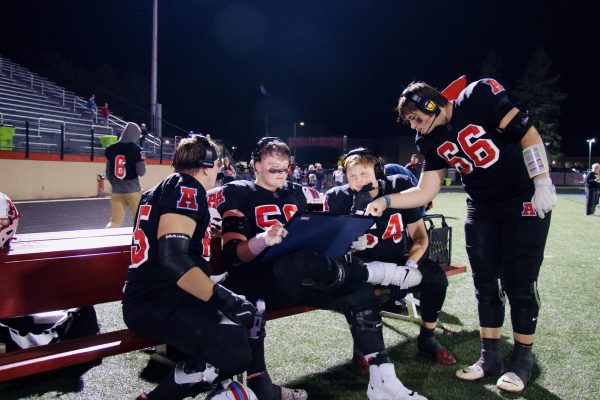Students Make New Year’s Resolutions
According to Merriam Webster, New Year’s Resolutions have existed since the early 19th century. Not only were they making the resolutions, but they were breaking them and using them as excuses for bad behavior before the New Year.
Cat Grimmer, a sophomore said, “I’ve made resolutions in the past. One I made was to give up desserts. It went decently well, lasting a couple weeks.”
According to Inside Out Mastery, 62 percent of people don’t make any resolutions. 18 percent make two or more and 20 percent of people make only one resolution to focus on. 38.5 percent of adults will make yearly resolutions. 52.6 percent of those who make resolutions will focus on just one goal while the other 47.4 percent will focus on more than one goal.
Annie McLean, a senior, said, “One resolution I made was to stop biting my nails which never worked out for me.”
New Year’s Resolutions are traditions in the Eastern and Western parts of the world. According to Babbel Magazine, countries such as the United States, Italy, Colombia. China, and Russia all make resolutions.
“I have not really made resolutions in the past but I would be open to it. I would like to start running more and be a better person,” Bryan Gonzalez-Ruiz said.
According to Inside Out Mastery, some of the more common resolutions are to exercise more, eat healthier, lose weight, save more money, pursue a career ambition, spend less time on social media, take up a new hobby, cut down on drinking, renovate part of the house, spend more time with family, do more charity work, give up smoking, and raise money for a charity
Grimmer, McLean, and Julia Payne, all made New Year’s Resolutions in the past. Gonzalez-Ruiz and Alex Ayoub were the only ones who did not make resolutions in the past.
“I have made a New Year’s Resolution to eat healthier. It didn’t go well at all,” Payne said.









